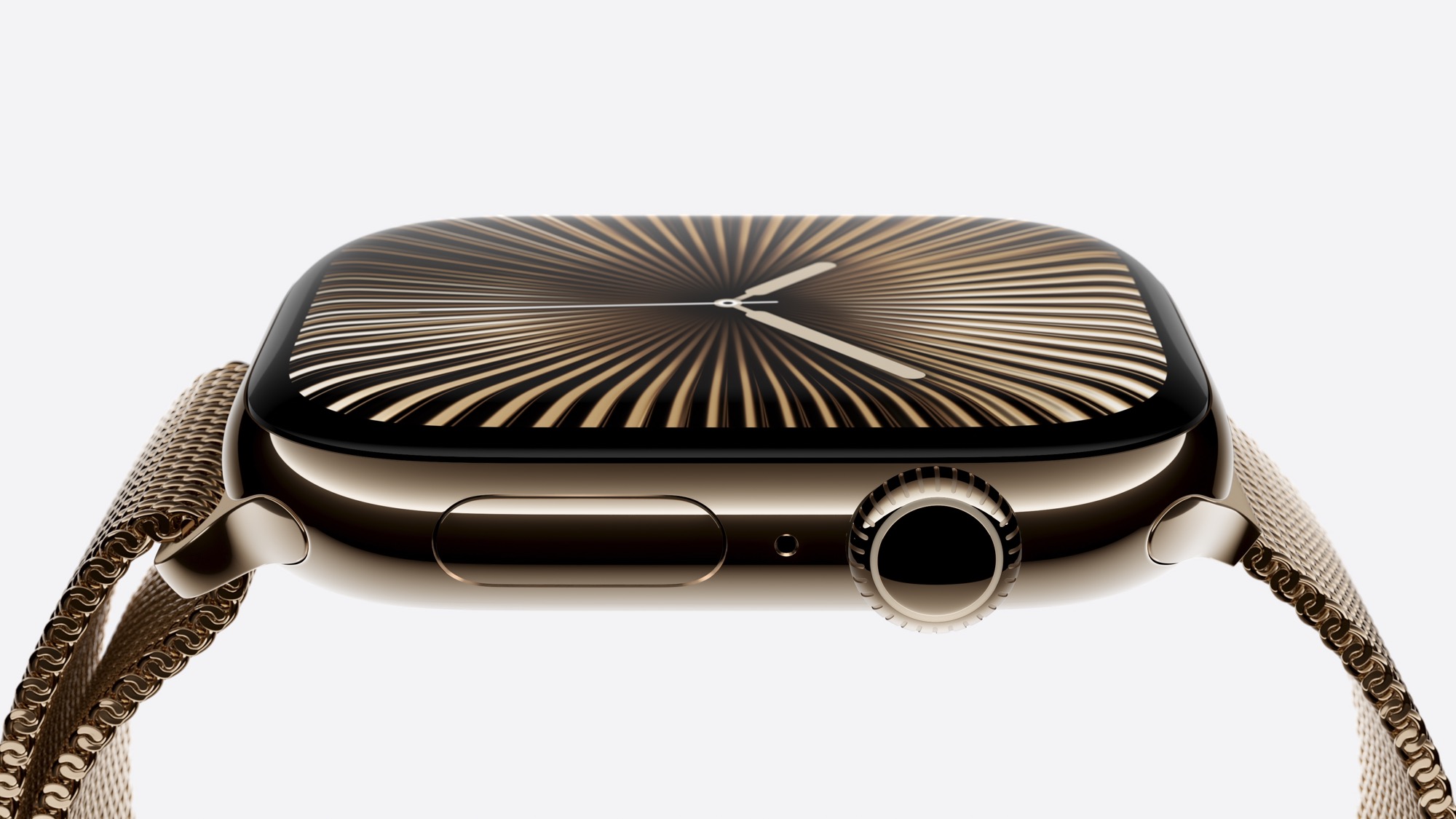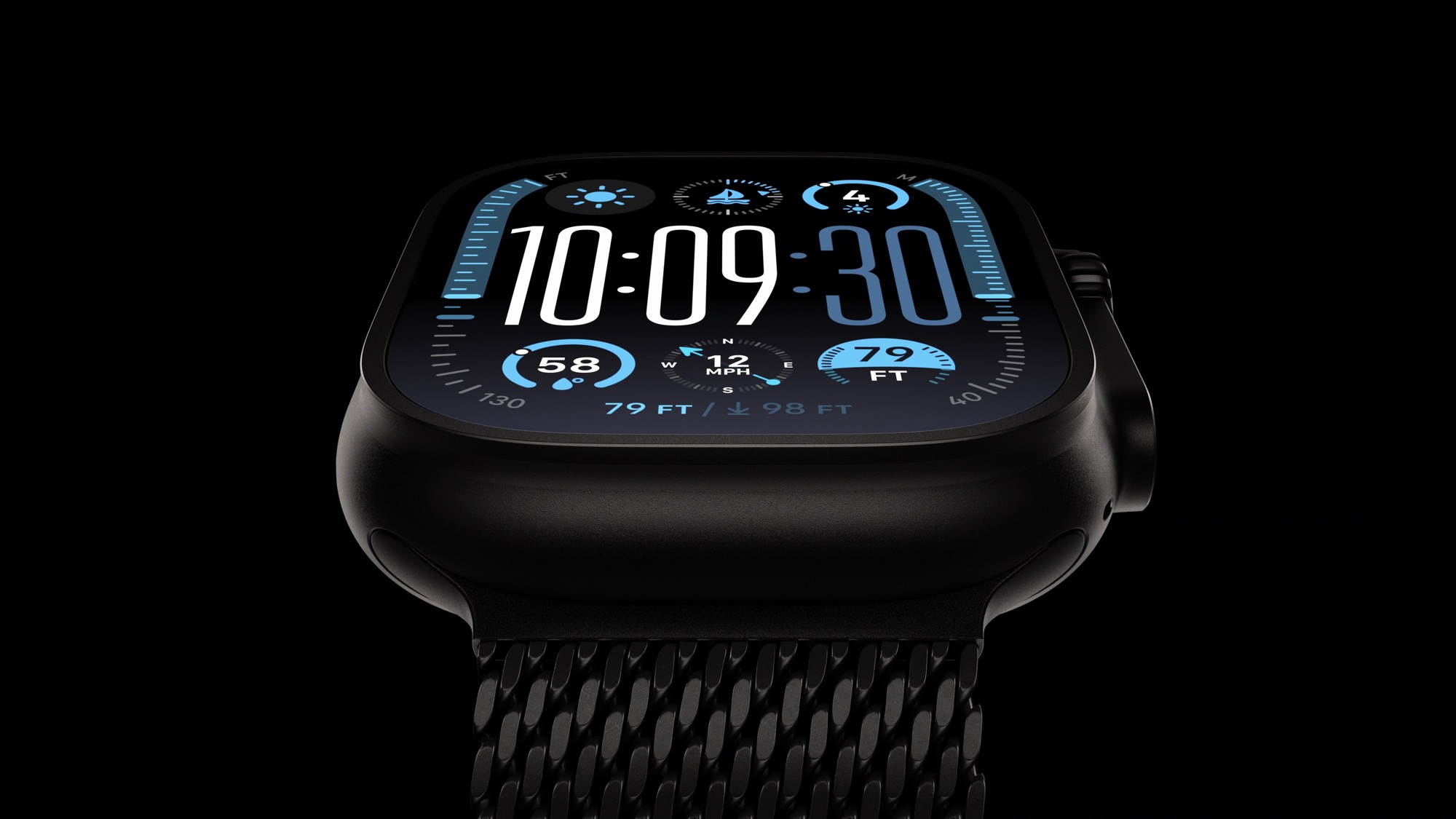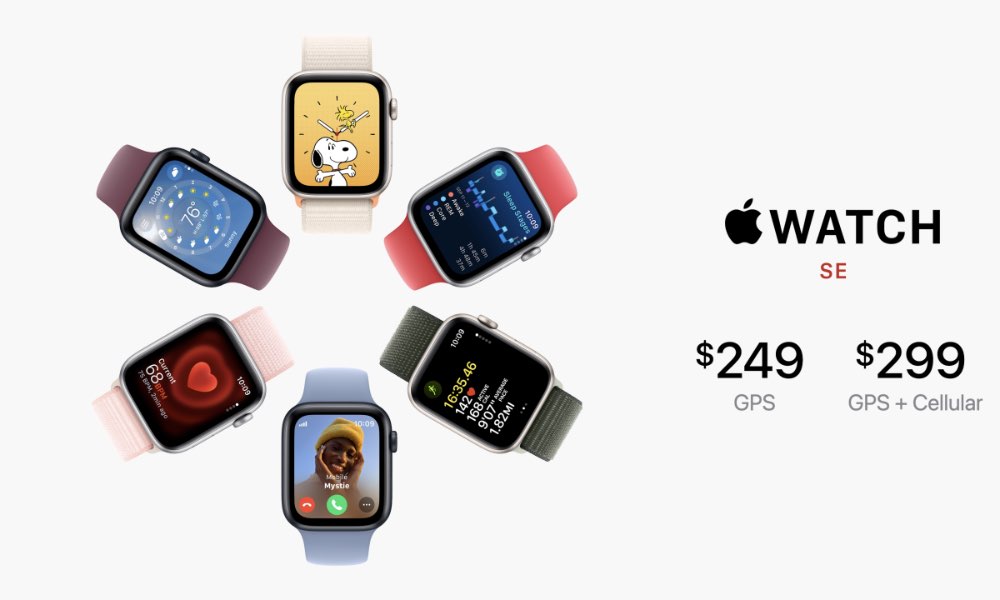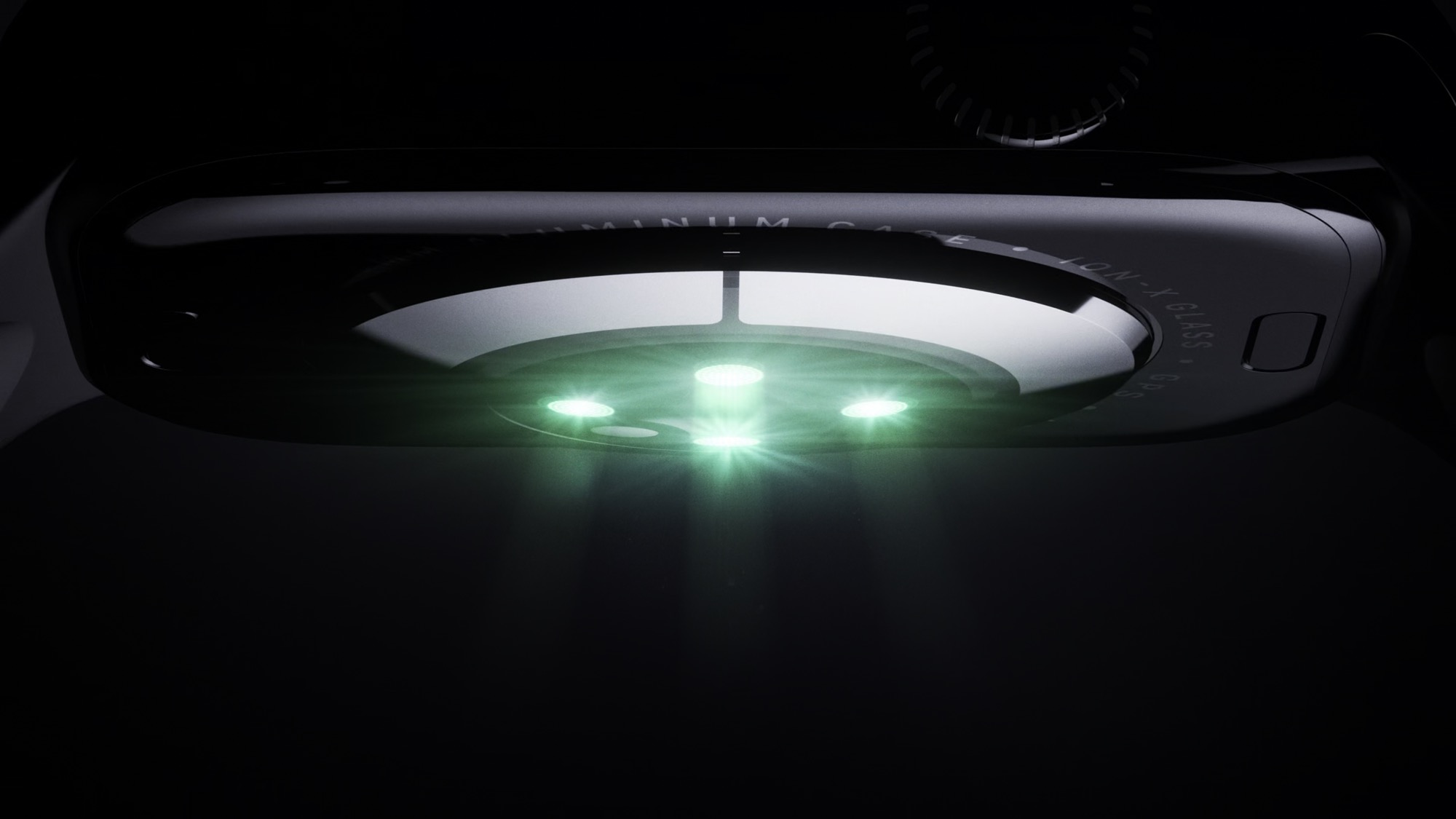A Trio of New Apple Watches: What to Expect Next Tuesday

Toggle Dark Mode
Tuesday’s “Awe Dropping” Apple event may mark a unique milestone for Apple’s wearables. If the reports are true, it will be only the third time since the Apple Watch debuted in 2014 that the company has unveiled three Apple Watch models at the same event.
To be fair, that’s partly because the popular smartwatch had only a single model for the first six years of its life. From the original Apple Watch (later retconned as the “Series 0”) to the Apple Watch Series 5, Apple offered multiple style variations. These ranged from the infamous $10,000+ 18K Gold Apple Watch Edition to later ceramic and stainless steel variants, as well as collaborations with Nike and Hermès. However, while the casings may have differed, these were all the same Apple Watch models under the hood.
That changed in 2020, when Apple gave us the Apple Watch SE, a more affordable version that packed in all the core fitness tracking features, but omitted more sophisticated health sensors for things like ECG and blood oxygen, plus more premium ones like the always-on display.
Then, in 2022, Apple added a third column to the lineup with the Apple Watch Ultra, a rugged model for the outdoor enthusiast that featured a titanium casing, a larger and brighter display with a night-vision mode, and dive-certified water resistance. That was released alongside the Apple Watch Series 8 and a second-generation Apple Watch SE, all of which featured the same S8 chip.
Now, it appears that Apple is poised to repeat that trifecta with updates that will bring all three of these models to a new S11 chip.
Apple only updates its S-series Apple Watch chips every 2–3 years. The S6, S7, and S8 were all repackaged versions of the same core silicon, and while the S9 jumped ahead with a new four-core Neural Engine, the S10 was just another repackaging. By all accounts, the S11 is expected to follow suit.
The cellular versions of at least some Apple Watch models are rumored to get 5G connectivity. We don’t expect that to make any practical difference in performance for most folks, but it’s an important box for Apple to check to ensure broader connectivity as carriers prioritize their 5G networks. It’s not about making the Apple Watch transfer data faster, but ensuring it can stay connected in more places, even when networks are congested. This seems to be a lock-in for the Apple Watch Ultra 3, but it’s less certain if it will come to the Series 11 or SE 3.
Here’s everything else we’re expecting from each of the three new models:
Apple Watch Series 11

The Apple Watch Series 11 will continue to be the mainstream model, and as such, we expect the improvements to be iterative, as they are nearly every year.
Along with the new S11 chip, which is unlikely to offer meaningful performance improvements, the Series 11 may gain a brighter display, possibly getting closer to or even matching the 3,000 nits of the Apple Watch Ultra.
Apple bumped the display brightness to 2,000 nits two years ago with the Series 9. Last year’s Series 10 kept the same maximum brightness, but added a new wide-angle OLED display that allowed it to remain up to 40 percent brighter when viewed from an angle.
Don’t expect any significant design changes in this year’s model. Apple already introduced a thinner design in last year’s Series 10, and it tends to stick with its designs for at least a couple of years before making changes. Of course, we’ll get the usual selection of new colors and band offerings, although there haven’t been too many leaks as to what those will be.
Apple Watch Ultra 3

The Apple Watch Ultra 2 was mostly skipped during Apple’s 2024 “Glowtime” event. It got a sleek new dark titanium color, but no actual hardware upgrades. It was the same Apple Watch with a new coat of paint.
At the time, several analysts said this was because Apple was saving up for a bigger upgrade in 2025, and the Apple Watch Ultra 3 may deliver on that.
For one thing, it’s expected to get a bigger display that will match the Apple Watch Series 10 (and 11), although it’s likely to remain at 3,000 nits of brightness.
However, the most significant upgrade to the Apple Watch Ultra 3 will be the addition of satellite connectivity. Apple has been working on bringing this to its wearables since even before it debuted on the iPhone 14 in 2022. Of course, fitting that technology into an Apple Watch is much more challenging, but it’s also possible that Apple was biding its time until it had a full suite of satellite connectivity services available, from 2022’s Emergency SOS via satellite to last year’s Messages via satellite.
The satellite features on the Apple Watch Ultra 3 aren’t expected to differ from what’s already on the iPhone, which means you’ll be able to call for help, report your location, or send text messages from your wrist, even when your iPhone is dead or far away. Apple might also have a new satellite service up its sleeve this year, such as Satellite Weather, which has been rumored to be part of iOS 26.
Apple Watch SE 3

Even though it’s been three years, the Apple Watch SE 3 won’t pack too many surprises. The 2022 Apple Watch SE 2 features a design that hasn’t been used on any other model since the 2020 Series 6, so it’s almost certain to get a refresh to bring it in line with at least the Series 7/8/9 era, although it’s unlikely to go all the way to the sleeker Series 10/11 style.
A mid-2024 report revealed that Apple was exploring a plastic Apple Watch SE, but abandoned those plans in early 2025 after being less than thrilled with its appearance and discovering that it cost as much to manufacture as the aluminum version.
If Apple chooses to look to the Series 9 for inspiration, this could mean a brighter 2,000-nit display, and it would be awesome if Apple also finally adds always-on capabilities for its most affordable model. While not everyone is a fan of the always-on display on the iPhone Pro, it’s a feature that’s indispensable on a watch. It has also been available on every other model since 2019, so excluding it from this year’s SE would really make it feel behind the times.
However, the most significant difference will be in Apple’s move to the new S11 chip. The 2022 model still uses the S8, which was at the tail end of that family. When Apple introduced the S9 the following year, the Neural Engine let it handle cool new features like Double Tap and on-device Siri in watchOS 9. With a newer chip, the Apple Watch SE 3 should finally be able to take advantage of these and any other new machine-learning and AI features that Apple is adding in watchOS 26, such as the new Workout Buddy.
What About Health Sensors?

It’s still unclear whether the Apple Watch will gain any new health monitoring features this year. A sensor to monitor blood pressure and detect hypertension has long been rumored, and Apple is definitely hard at work on this. However, the need to ensure accuracy and meet government regulatory requirements adds an extra layer of challenges and delays.
Apple once tried to tackle detailed blood pressure readings. However, after finding the results woefully inaccurate, it reportedly scrapped that and decided to focus on simply reporting possible hypertension, much like its wrist temperature sensor only handles temperature readings off a specific baseline instead of reporting actual measurements.
Despite reports that it would show up last year, it failed to materialize on the Series 10, and sources revealed Apple was still struggling with it earlier this year. Earlier today, Bloomberg’s Mark Gurman said that Apple is still running into “regulatory and engineering challenges,” which suggests that this year’s models will still be missing out on it.
The good news is that the blood oxygen monitoring feature has made a comeback in the United States. While the Series 11 and Ultra 3 won’t likely add anything new in this area, at least they’ll be able to support it.
Meanwhile, the Apple Watch SE 3 will likely continue to omit the more advanced health sensors, much like its predecessors, as it typically omits the necessary hardware to keep it more affordable. Nevertheless, there’s a good chance it will get the sleep apnea detection feature that Apple rolled out last year, since this is entirely driven by software. This feature was even added to the Series 9 and Ultra 2 in watchOS 11; the SE 2 was left out only because the older S8 chip couldn’t handle it.
[The information provided in this article has NOT been confirmed by Apple and may be speculation. Provided details may not be factual. Take all rumors, tech or otherwise, with a grain of salt.]







